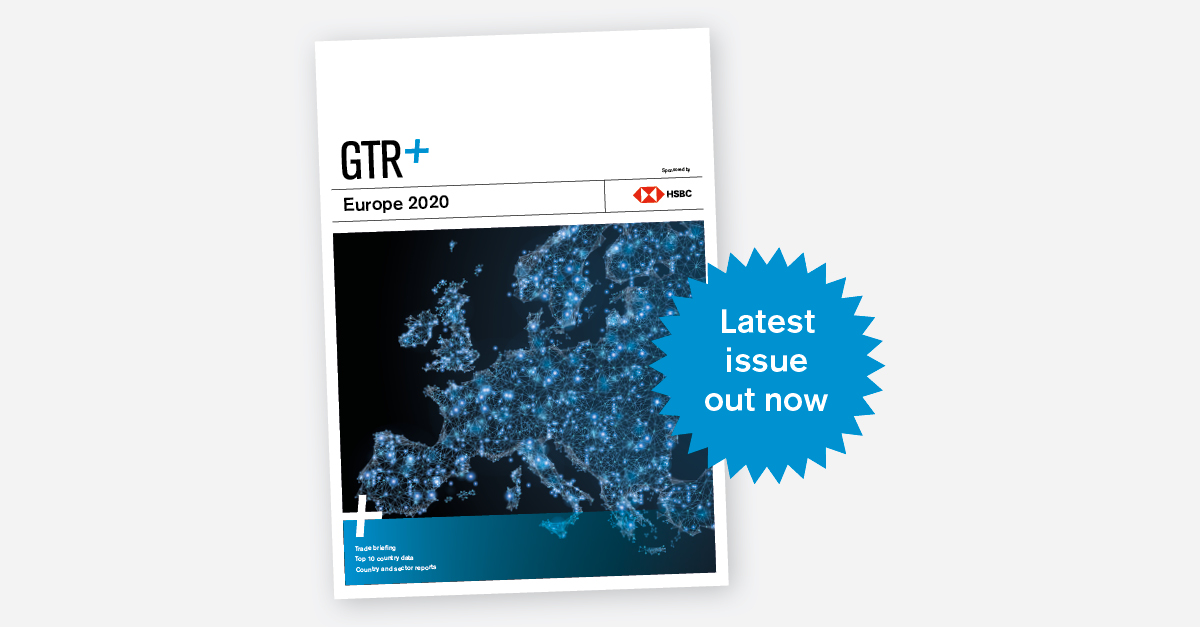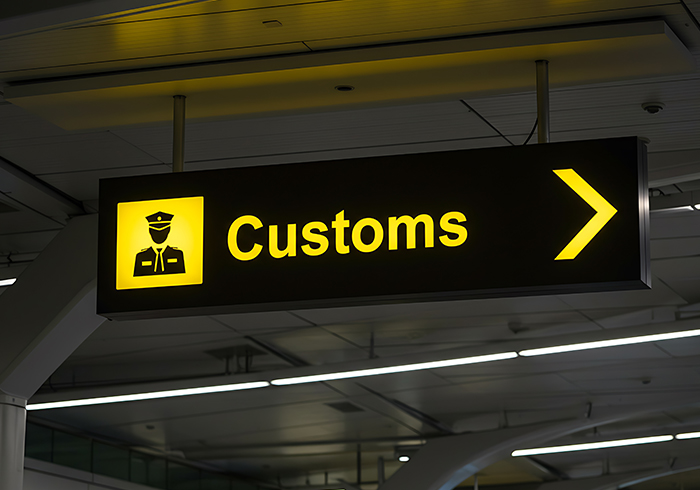As this publication goes to print in early September, Europe finds itself between the first and second waves of Covid-19 as cases surge again after having been brought under control earlier in the year, with the region facing the same uncertainty that has dominated life over the last several months.
The effects of the pandemic on businesses across Europe are still being played out, but already the forecasts for trade are stark: trade data company Coriolis Technologies, which compiles our unique data-led Trade Briefings, expects Europe’s trade with the world to fall by around 16.5% during the course of 2020.
The cost of trade is also set to rise due to Covid-19 disruptions. In August, the World Trade Organization (WTO) issued a report on the pandemic’s impact on key components of trade costs, particularly those relating to travel and transport as well as trade policy, identifying areas where higher costs may persist even after the pandemic is contained.
The report points to current high levels of uncertainty, which the WTO says are magnifying the effect of costs on international trade, threatening to restrict trade finance flows and reducing the appetite of businesses to invest in researching new markets and establishing relationships with prospective partners. The combined impact of these factors look set to create a challenging situation for companies looking to strengthen and diversify their supply chains in the wake of the pandemic.
In this issue’s Trade Briefing we investigate which European countries and export sectors are likely to suffer the most from the pandemic’s impact on trade. We also evaluate the importance of China as a trading partner to the region, as well as the unique pressures that the UK faces because of the additional challenges brought on by Brexit.
We keep a sharp focus on the effects of Covid-19 throughout the rest of GTR+ Europe: our country round-up portrays a mixed picture for Europe’s exporters, and takes a closer look at what’s been happening in Germany, Italy and the UK, where there is cause for optimism in some pockets of the export finance business in particular. Elsewhere, our manufacturing report investigates how key sectors in European markets, including aerospace, automotive, food and pharmaceuticals, are likely to recover.
Away from the pandemic, our Brexit feature uncovers issues for UK exporters around rules of origin and how this will affect their ability to benefit from any upcoming free trade agreements, while our sanctions report examines efforts by the US to stop the construction of natural gas pipeline Nord Stream 2, and whether such measures are threatening the viability of the project.
We close out the publication with a detailed overview of the region’s top countries of economic interest, providing a snapshot of their historic and projected trade flows, including largest import and export sectors and cross-border trading partners.








